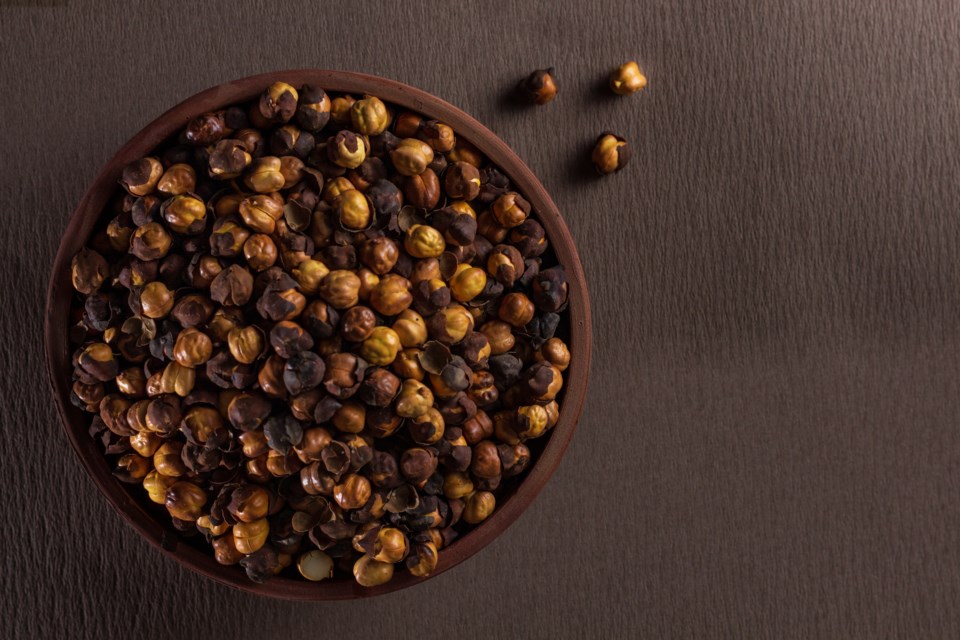WESTERN PRODUCER — Chickpeas are an important staple for many people worldwide.
Now, scientists across the globe, including from the University of Saskatchewan, have teamed up to research different varieties of the crop and how they might help lower to middle income countries.
Bunyamin Tar’an, a researcher and professor with the University of Saskatchewan in the College of Agriculture and Bioresources, is one researcher involved with the project. Fifty-one researchers are involved from 41 different institutes.
“This is a large effort in chickpeas to globally understand the existing variability in the global collection of chickpeas,” Tar’an said.
Tar’an was involved with a research project being done at the U of S on chickpeas, but eventually, they joined forces with the national effort.
The research paper explains that more than 80,000 chickpea germplasm accessions are being conserved in 30 gene banks around the world, but only a few have been used for chickpea improvement.
The paper includes a “map” of more than 3,000 chickpea accessions, which shows the genetic variation of the chickpea. This enables researchers to see the migration of the chickpea, the species divergence, as well as the “rare allele burden and fitness loss in the chickpea.”
“One of the limitations so far with a smaller crop like chickpeas, we didn’t have much resources to improve the crop, especially for those developing countries,” Tar’an said.
“So, we work on this together, and then we can kind of jumpstart generating the information so that we can make the progress, trying to catch up with the big crops and make sure that the crop can produce the yield as well as the nutrition that is needed by this community as part of the global population.”
The researchers were able to make three recommendations for breeding of chickpeas because of this research: haplotype-based breeding, genomic prediction and optimum contribution selection (OCS), which, as the paper says, is for “developing tailor-made high-yielding and climate-resilient chickpea varieties.”
“So, from this research, we are kind of feeding into the breeding programs. So, helping the breeding programs in India, in Africa and ourselves here,” Tar’an said. “We tap into the information generated in this research.”
Tar’an also said the research will help chickpeas adapt to new environmental limitations. The research will also help breeders narrow down from the 3,000-plus chickpea accessions to the most important ones.




